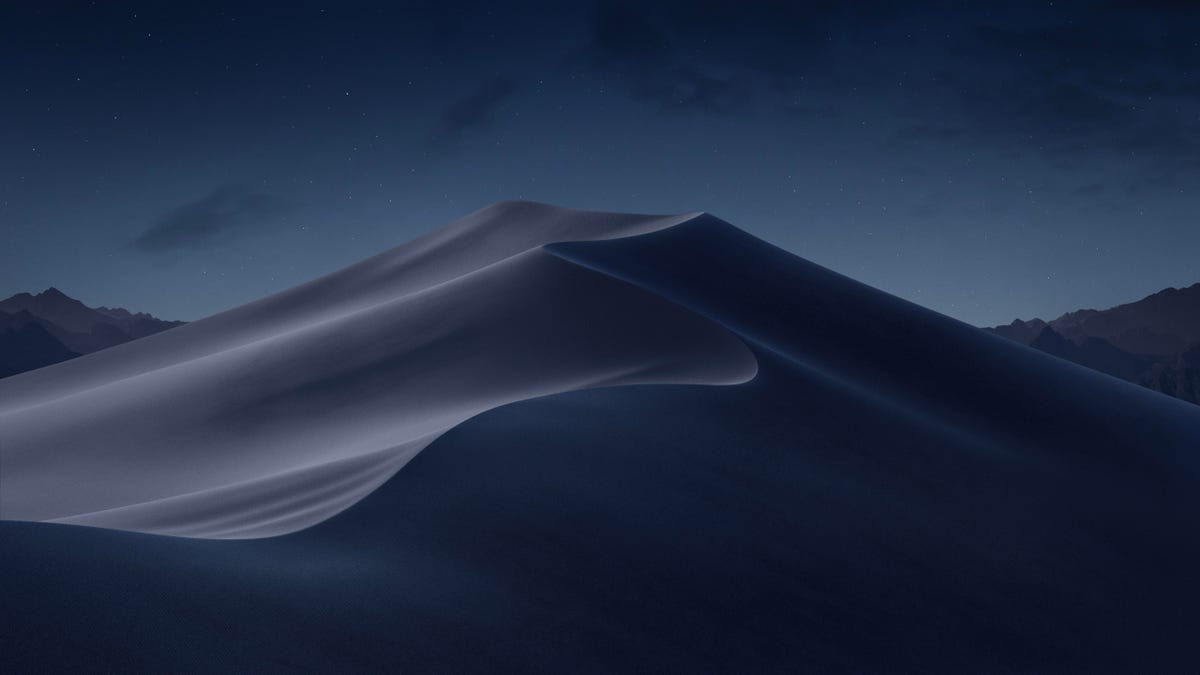How to install MacOS Mojave
Come down from the mountains to the shifting desert light.

At WWDC 2018 earlier this month, Apple unveiled its next Mac operating system, MacOS Mojave 10.14.
If you're ready to use dark mode, Stacks and the Home app on your Mac, along with the enhanced security features that Mojave will introduce, then you need not wait until MacOS Mojave's official release this fall. The daring (or those who have a second Mac or are willing to create a partition) can start using the beta version of Mojave right now.
Developer beta now, public beta in late June
If you passed on the Apple Developer Program earlier this month, you can now install the public beta for free if you've got a semirecent Mac and an Apple ID. You can download it from Apple's Beta Software Program page.
Apple will release the official version of MacOS Mojave as a free update to Mac users this fall.
MacOS Mojave compatibility
According to Apple, MacOS Mojave will run on Macs introduced in mid-2012 or later, plus 2010 and 2012 Mac Pro models with recommended Metal-capable graphics cards. To check the era of your Mac, click the Apple icon in the top left and click About This Mac. The year of your Mac will be listed next to its name above its core specs.
A word of caution
No matter how anxious you might be to give Mojave a whirl, you should exercise some caution before installing it. As with any beta software, you may run into bugs and odd behaviors with MacOS Mojave that might make waiting until the final release a better plan. If you can't wait, then I suggest you install the beta on a secondary Mac if you have one or, failing that, on a separate partition on your primary Mac.
Creating a partition is quick and easy:
- Launch Disk Utility
- Select the disk you'd like to partition from the left panel (usually the top option and named Macintosh HD) and then click the Partition button at the top of the window.
- Click Partition (as opposed to Add Volume) if Disk Utility isn't set up to automatically make that choice.
- Click the "+" button below the Partition Layout diagram.
- Choose a size for the new partition by dragging to resize a wedge of the pie chart that represents your hard drive (MacOS Mojave is reportedly 4.8GB) and give it a name, say, "Mojave beta."
- You can leave the Format as Mac OS Extended (Journaled, Encrypted).
- Click Apply and wait a minute or two for the new partition to be created.
Back up before you begin
Even if you're installing it on a partition or on an old Mac that is no longer mission-critical, I would strongly urge you to back up your Mac before installing the beta. With Time Machine, Apple couldn't make it any easier to create a backup.
See also
Editors' note:This article was originally published on June 4, 2018 and has been updated to include new information about the Mojave public beta.
iOS 12: Siri shortcuts, group FaceTime and "Memoji" -- Animoji of you.
WWDC 2018: Everything Apple announced.

